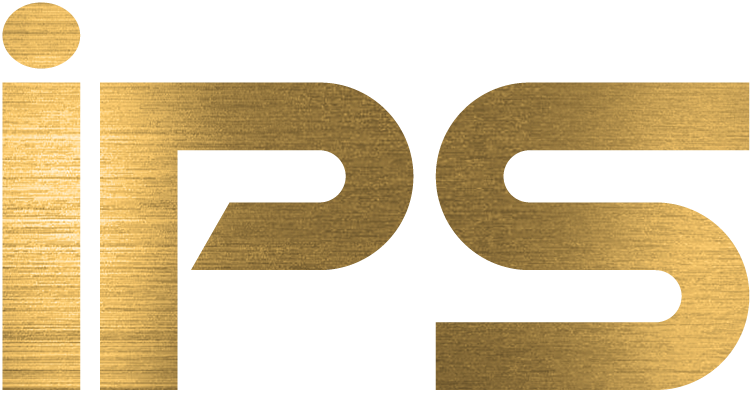When considering the industrial polishing processing of metal parts, one must first keep in mind that there are many different processes and equipment that could be utilized. The first thing that needs to be considered is the purpose of the process, or what it is trying to be achieved and what is the final outcome desired. Other factors include but are not limited to:
- Substrate and manufacturing process of the part
- Weekly and annual volume
- Configuration and dimensions, including critical dimensions that need to be maintained and not affected by the process
- Other subsequent finishing secondary operations or assembly processes that the parts would be required to go through after the surface preparation of the parts.
Some of the benefits of industrial polishing processes for metal parts include:
- Removing scratches or minor surface imperfections
- Removing a small oxide layer
- Obtaining a desired textured appearance such as smooth mirror-like surface, grainy textured surface, scratch pattern, rustic look, as well as others.
Read on to learn how the industrial polishing process works.
Belting/Sanding
To start off with, it is important to define the types of preparation processes and equipment as well as how they are referred to. There are many words that are used to refer to the process of what we are referring to as surface preparation of metallic parts. The initial process especially for products that require the removal of surface imperfections such as parting lines, minor surface porosity, cold shut, flow lines, minor scratches, pits, the roughest abrasive is used first which usually will be a sanding belt that can be used with a varying degree of grits or abrasiveness. This process we will refer to either as belting or sanding. Depending on the condition of the material to be belted or sanded, and the final finish desired, this process could even take place in several stages with the roughest abrasive used first followed by other less aggressive abrasives or finer grit belts. The more aggressive belts help to remove more material and get rid of the imperfections more efficiently and the finer grit belts remove the sanding or belting lines that the more aggressive belts leave behind. It is important not to use too aggressive of a belt in the initial process though because it could remove too much material and deform the part or open up additional material imperfections below the surface.
Polishing and Buffing
The second or subsequent stage we will refer to as polishing which uses finer abrasives until the desired effect is achieved. This is because rough abrasives will still leave visible marks in the metal, so a finer abrasive is used to smooth those. They also leave marks, but they are smaller and not as easy to see. This process is usually done on polishing lathes using polishing wheels and polishing compounds. After polishing, the part may undergo what we will refer to as buffing, which has also been known as color buffing. This is an additional polishing process that can create a shiny, mirror-like effect on metal parts.
Other Equipment and Processes
Belting/Sanding/Polishing and Buffing can be done by hand, but in the industrial process, it can also be done by automated polishing machines, and/or robotic polishing systems. Other processes include using scotch bright wheels that can leave a scratch pattern texture on the parts, sandblasting, shot peening, and vibratory or mass finishing in vibratory bowls or other equipment which can all be used to clean, polish, or leave a textured finish on parts.
Industries and Applications
Industrial polishing processes are used for a variety of products for several industries. Everything from automotive components to door hardware, consumer goods, and many others. If you have a need for some type of industrial polishing process on your production products please contact Industrial Polishing Services, Inc. to discuss your specific needs and we can help determine what industrial polishing process may best fit your needs. We are pleased to offer a variety of finishing services for manufacturers and plants in North America as well as other parts of the world.



